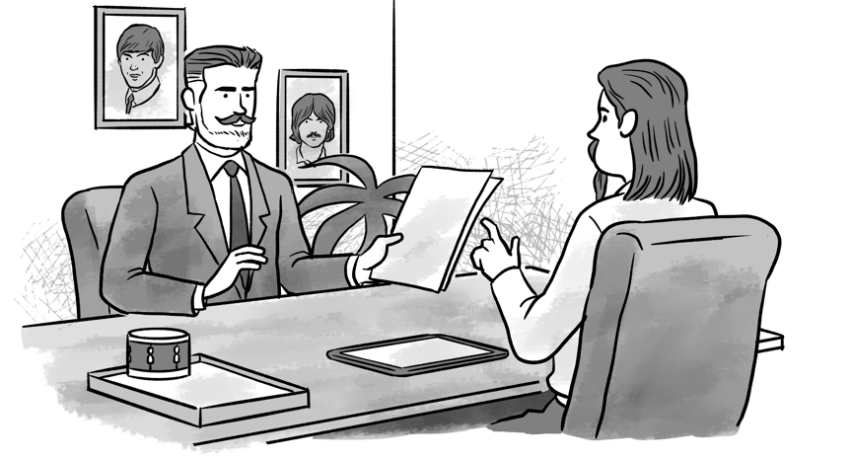Raveesh was the chief architect at 9to5 corporation. He company had seen significant growth in the last 4 years in a very niche market of Enterprise Application Integration. Their eBbus – or the enterprise business bus, was highly scalable and modular in design and that helped their customers configure and deploy solutions quickly. Raveesh was the brain behind the architecture as well as design.
He was a very technical and intense person. When he sits down to solve a problem or conceive a solution, he would not want to be disturbed.
The company management, in its recently concluded annual strategy meet, unanimously voted to grow aggressively, to consolidate their market lead and share as well as create stiff barriers for their competition. This meant that 9to5 needed to delivery many more features, catering to different use cases, very fast.
While Raveesh was initially enthusiastic about the success of their solution and the confidence of management, felt that he was burning out, trying to juggle multiple requests from teams that all wanted to release their features quickly. He was just not used to doing more than one activity at a time. But, he was keen on making positive contributions to all the teams.
He approached Maya, his coach, to seek her guidance on handling his workload.
What would you recommend, if you were Maya?
Suggested solution:
Maya had multiple conversations with Raveesh and together, they evolved a simple model, that Raveesh could start adopting. The plan was to review that after a couple of weeks and make refinements as needed.
This is how Raveesh’s plan progressed:
- He first understood the different between multi-tasking and task switching
- What was needed was multi tasking, while reducing the number times he needed to switch tasks – or switch contexts
- He identified the times of the day, when he was usually at his best, in terms of focus and flow. That was typically between 11 AM and 3 PM and then again from 10 PM till 1 AM
- He further analyzed what were the distractions at other times, that would not let him focus and started to bring in some pattern to the times when he would be available for others – any meetings or discussions
- He analyzed the pattern for him to ‘get into the zone’, as some call it – and keep his thoughts focused on the specific tasks at hand
- He started by taking a break at a logical point even within his flow windows and after the short break, pick up some other task
- He found that effectively, he was able to increase the window of his attention from 11 AM till 5 PM and then again between 10 PM to 12 midnight
- His effective focus time in a day had not only increased by an hour, but he was also able to make progress on more than one task through a day
- This gave him confidence and re-look at the bigger picture. He started delegating some detailing work to other team members and focused more on the conceptualization, reviews and integrations
- He and the teams were happy!
The key here was to take those breaks, completely disconnect from the task and give the brain some time to process it in the background.
While task switching is not recommended, multi tasking – or taking up multiple parallel deliverables – is a technique that can be mastered with conscious effort, and not feel burnt out.





